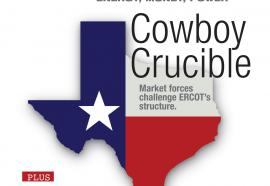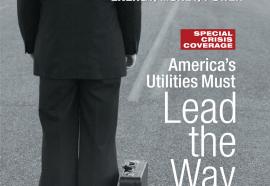Transmission Incentive Overhaul
FERC’s ROE incentive adder policy sends the wrong signals.
FERC is offering incentive rates to entice transmission investment. But the authors identify serious flaws in emerging policy regarding return on equity (ROE) incentive adders. Determining whether and when ROE adders are appropriate requires a more deliberative approach.










